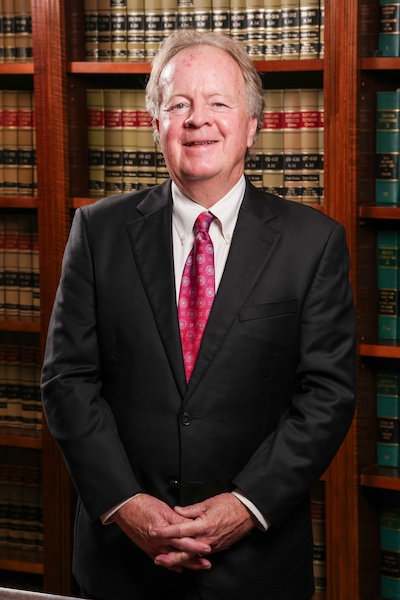In our continuing series discussing the "process" of Maryland personal injury claims, we turn our attention to the concept of "Legal Liability" or legal responsibility. The basic concept is that one can be injured in many ways and in many locales, but only certain ones give rise to the factual basis for a successful claim.
Which is to say that some factual scenarios that are presented to us at Clark and Steinhorn, LLC are ones where we have to tell the client that they do not have a case. This seems to occur most frequently in medical negligence or medical malpractice cases and in slip and fall cases.
Slip and fall cases in Maryland are inherently tricky due to law handed down by Maryland's highest court. In essence, in order to recover damages for personal injury, one has to show that a dangerous condition existed that was not obvious to the injured party and that was known to the person who controlled the premises.
For example, if you slip and fall in supermarket due to a slippery substance, you have to demonstrate that is was not apparent to you and also that the supermarket was aware of it or should have been aware of it. This is a difficult task as individuals who have just taken a bad fall and been injured are often not ready to examine the origin of the hazard that made them fall. They aren't in a posture to ask bystanders to be witnesses and have no real effective way to document what happened and why.
A firm client once fell in vomit outside a movie theater and it was very difficult to show what company was responsible for maintaining the area and further that the responsible party had an opportunity to be made aware of the dangerous condition and to alleviate it.
Thus, legal liability is difficult to establish in slip and fall cases.
In medical negligence cases, patients are often unconscious when harmed by healthcare providers and are unable to offer any useful testimony whatsoever concerning how the bad medical outcome occurred. Generally, legal responsibility in medical malpractice cases is established through the medical records generated by the healthcare providers.
As one can imagine these records often do not fully and accurately state why something went wrong as doctors are no fools. Records often equivocate, obscure and only under detailed medico-legal scrutiny, give illumination to why an injury or wrongful death took place.
The basic standard in medical negligence cases is that a breach of the standard of care takes place that proximately causes injury. Medical standards of care are generally described by other expert doctors but the Maryland Pattern Jury Instructions say the standard of care is " if the health care provider does not use that degree of care and skill which a reasonably competent health care provider, engaged in a similar practice and acting in similar circumstances would use."
In truck and automobile accident cases liability is established through the physical evidence of the crash and through witness testimony. In a similar vein.the pattern jury instructions say " The driver of a motor vehicle must use reasonable care" which "is that degree of caution and attention that a person of ordinary skill and judgement would use under similar circumstances."
As one can imagine the areas for disagreement on "reasonable care" are many and thus liability even in rear-end collisons is not a certainty. If you or a loved one need help with any injury case it is wise to talk to an attorney long before giving recorded statements to the at-fault parties insurance company.

